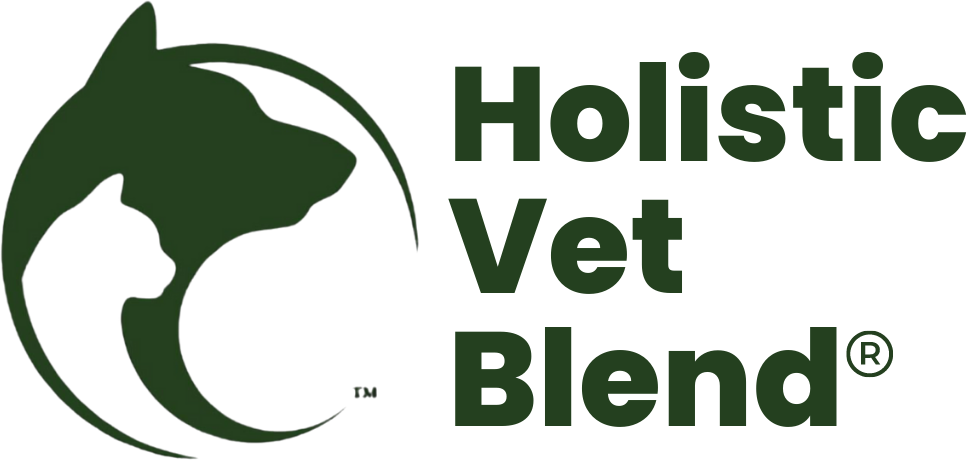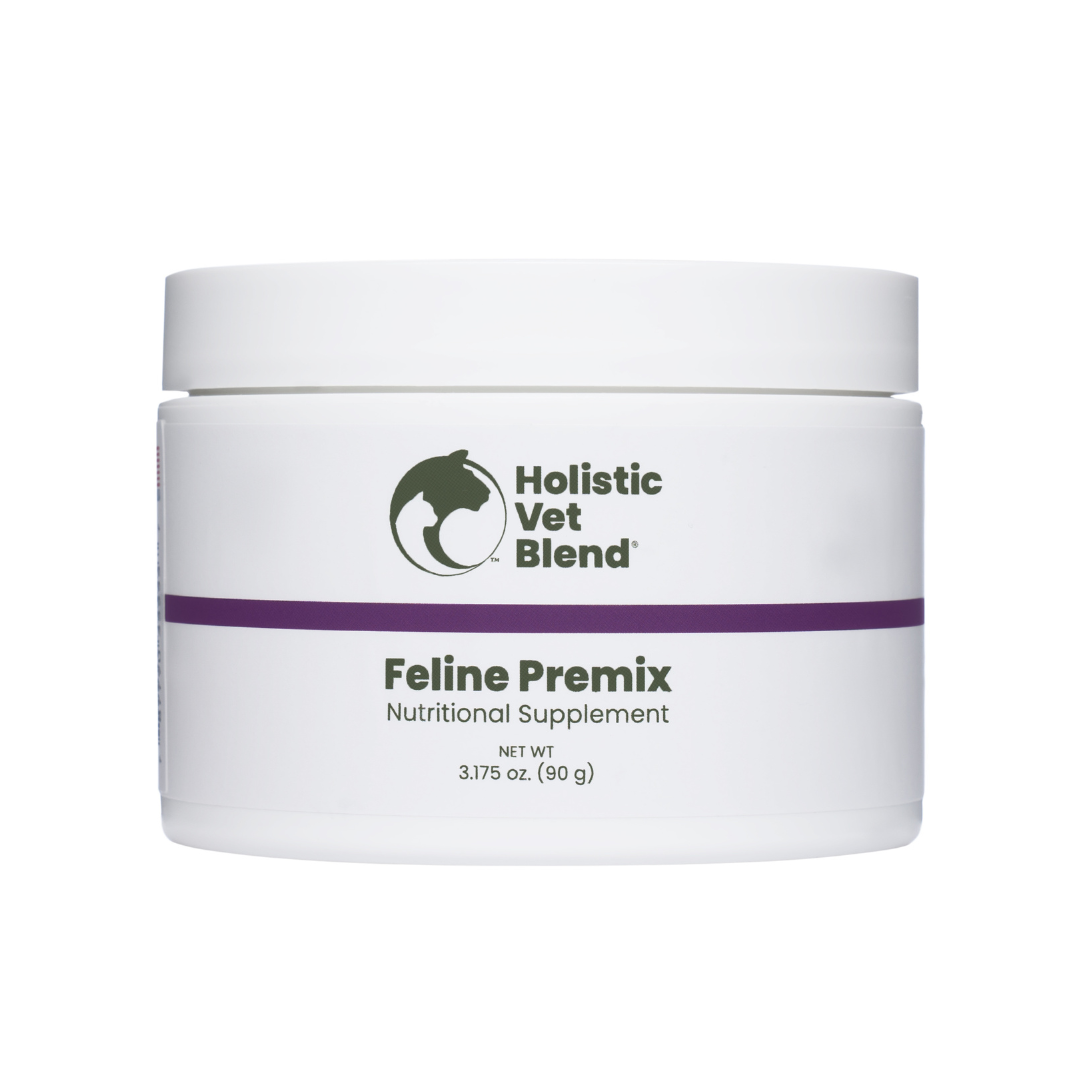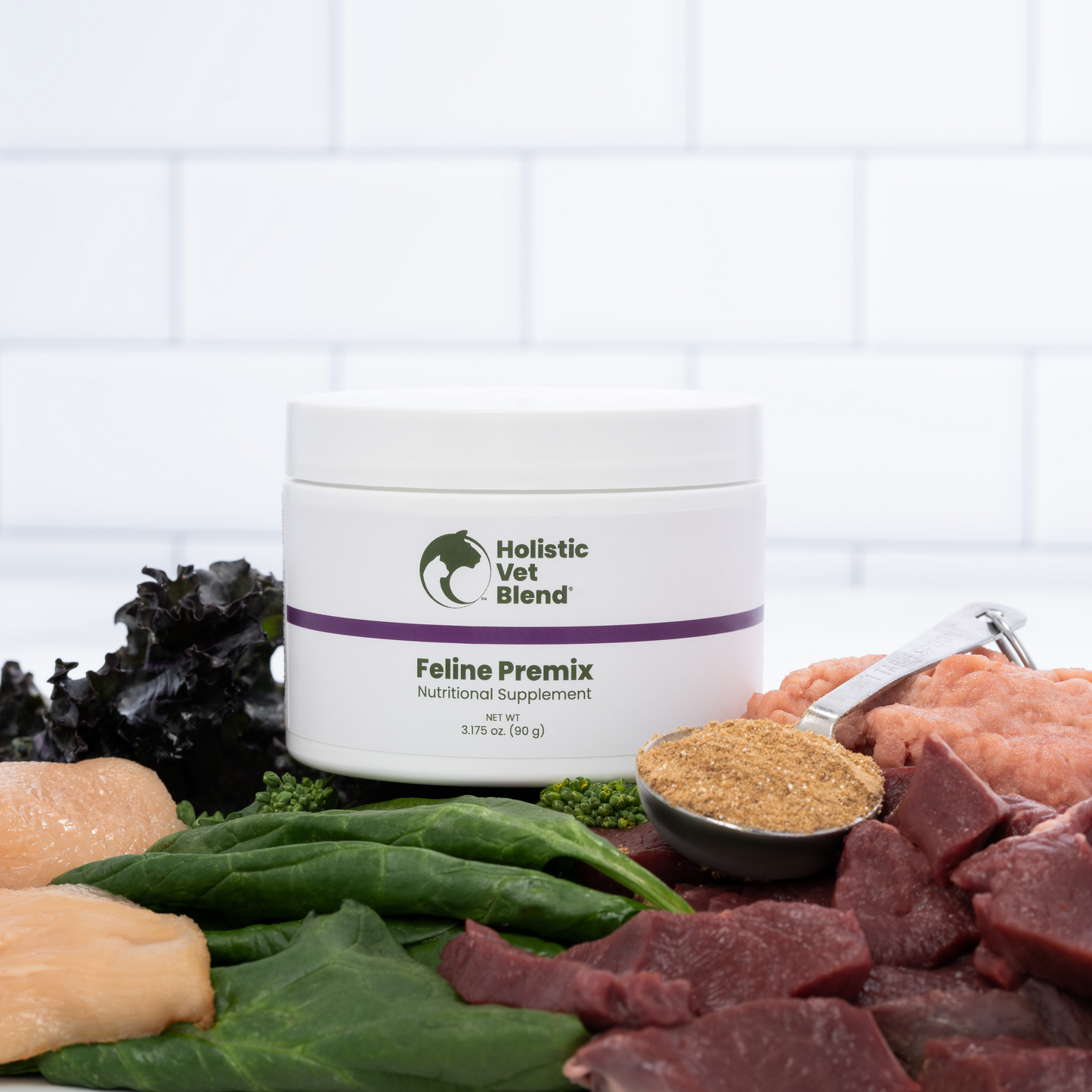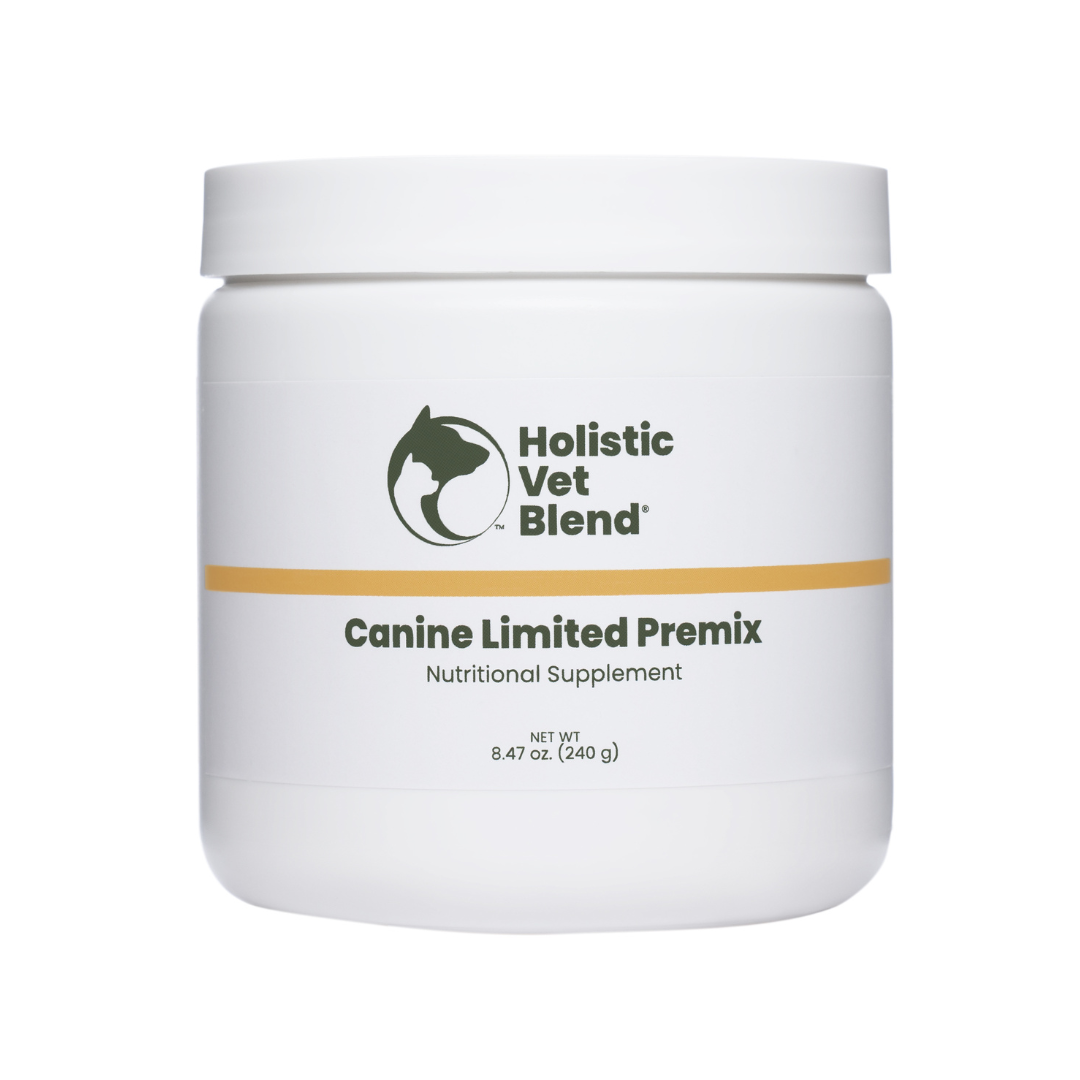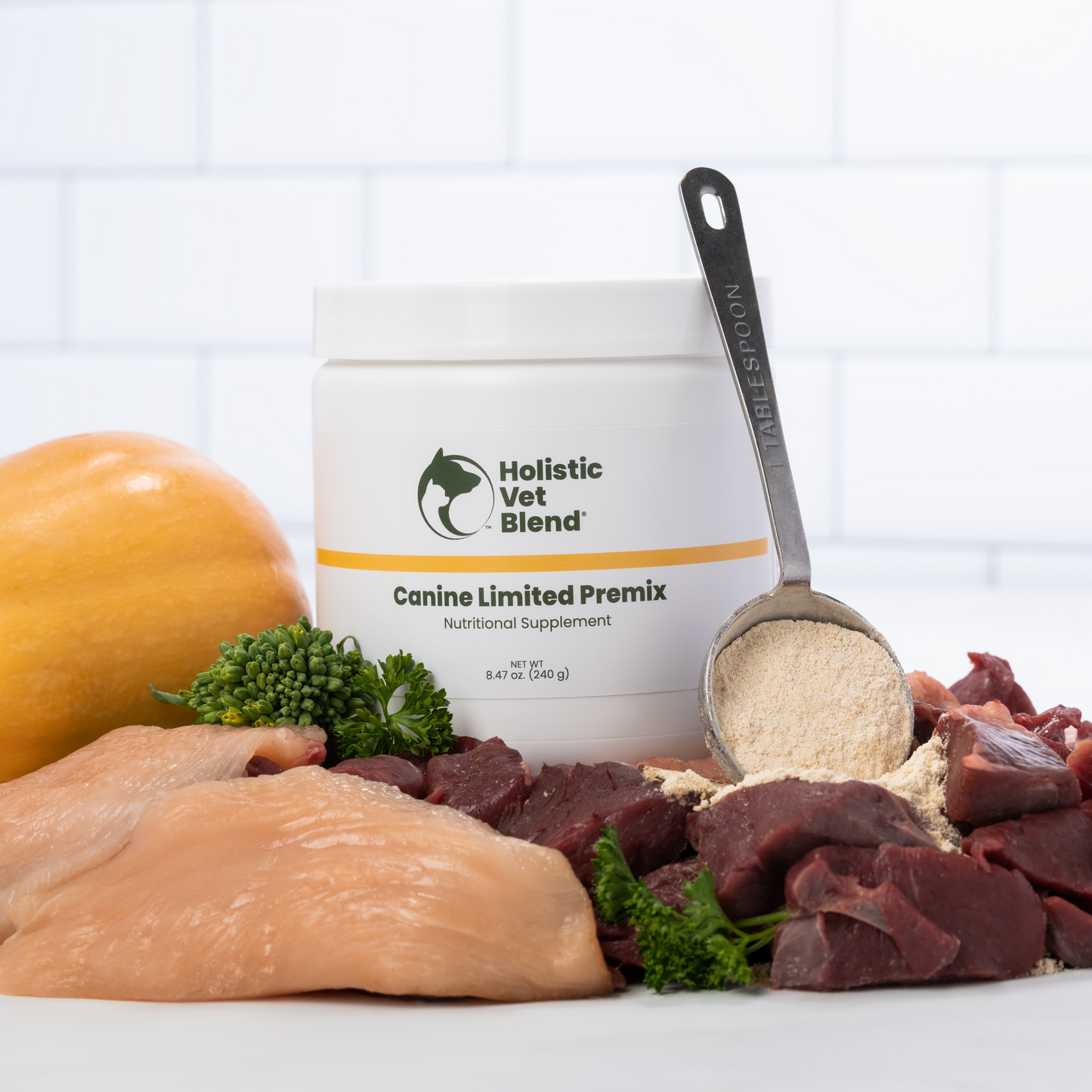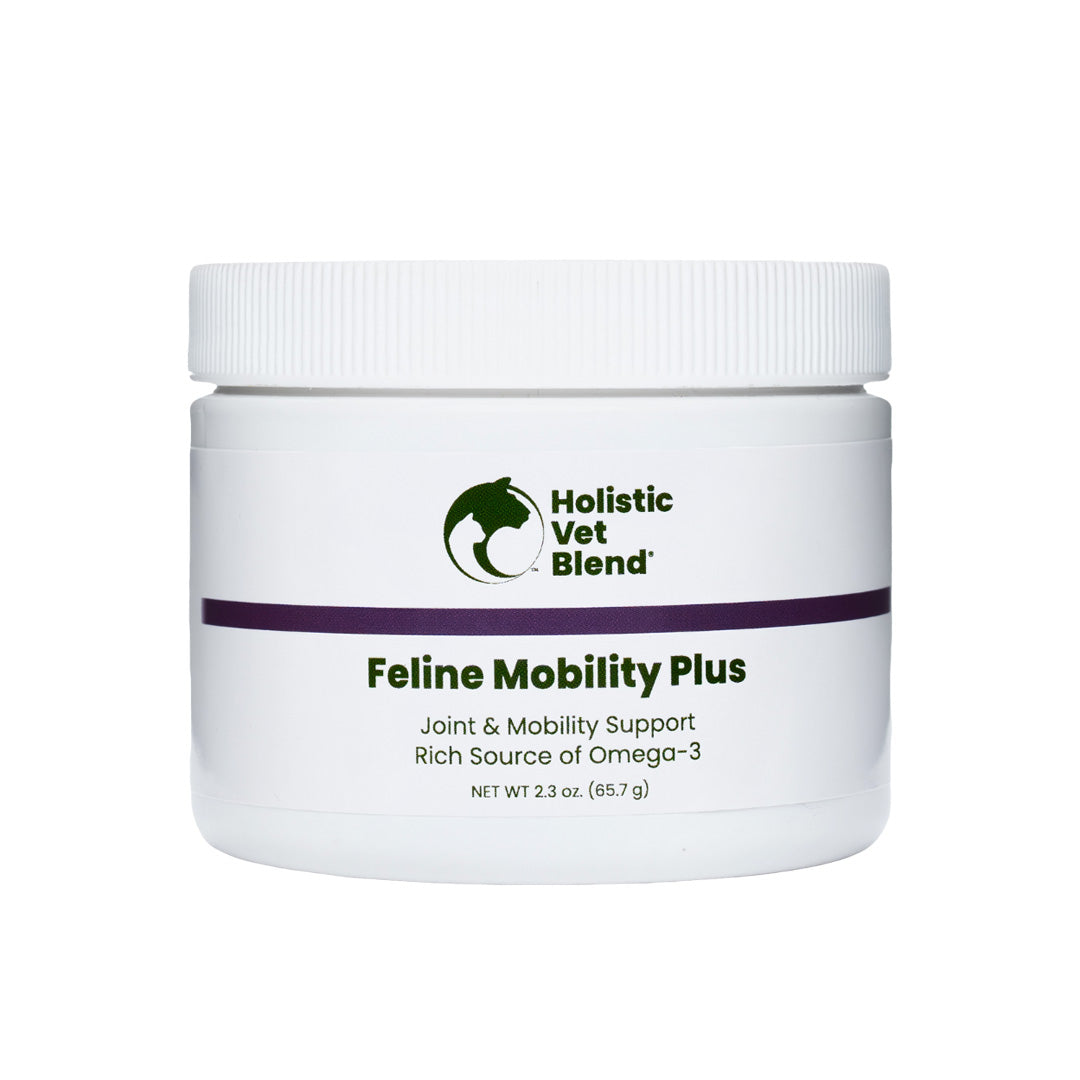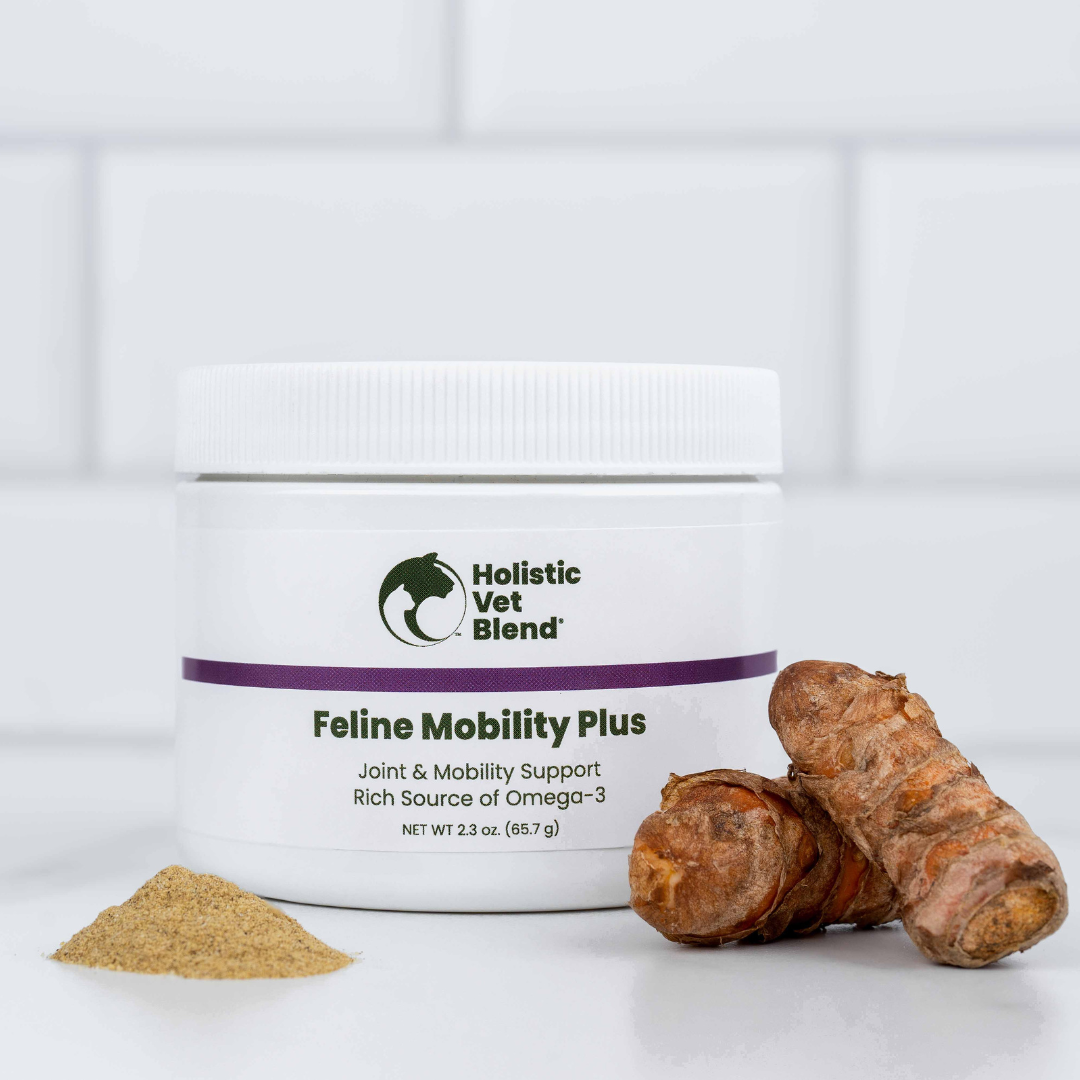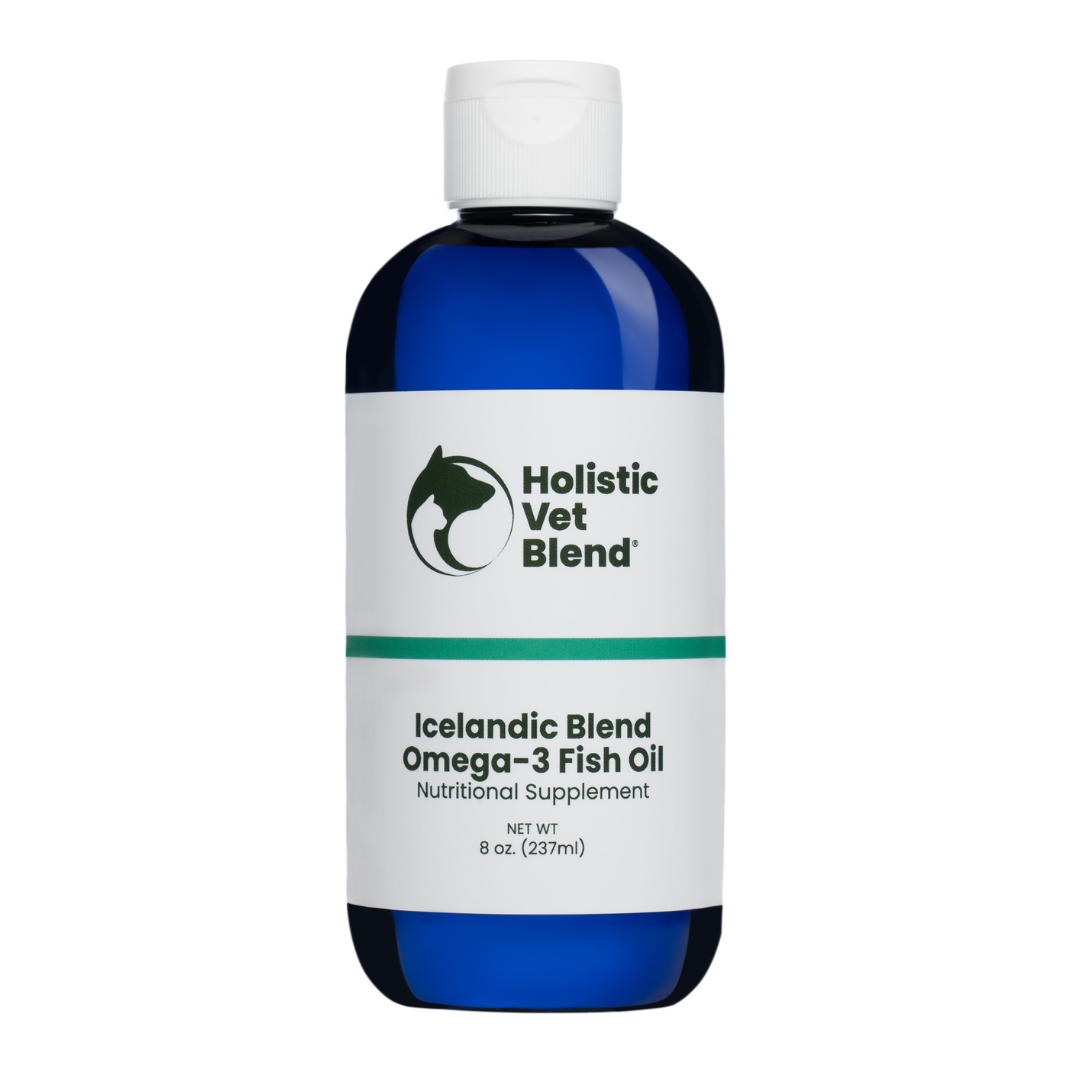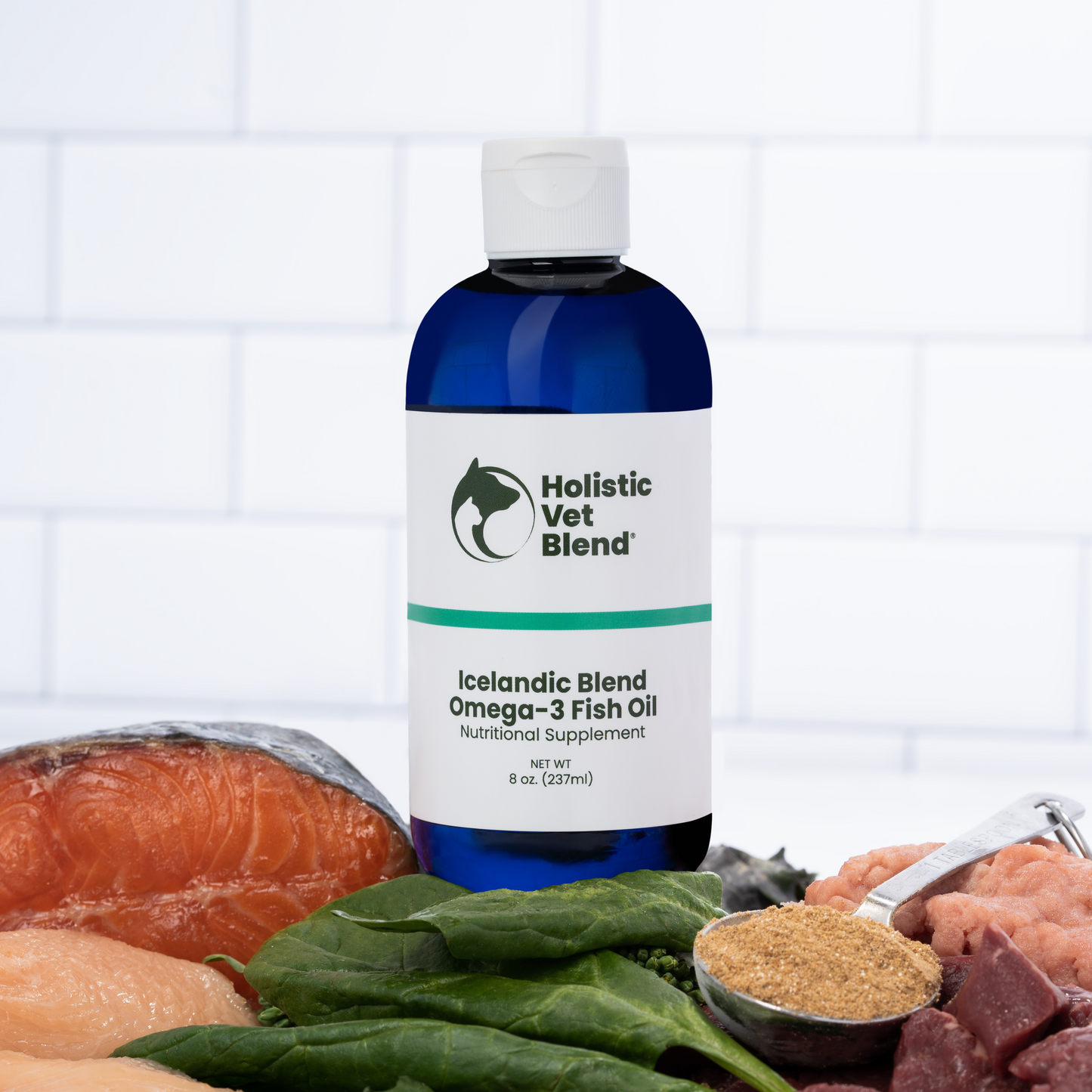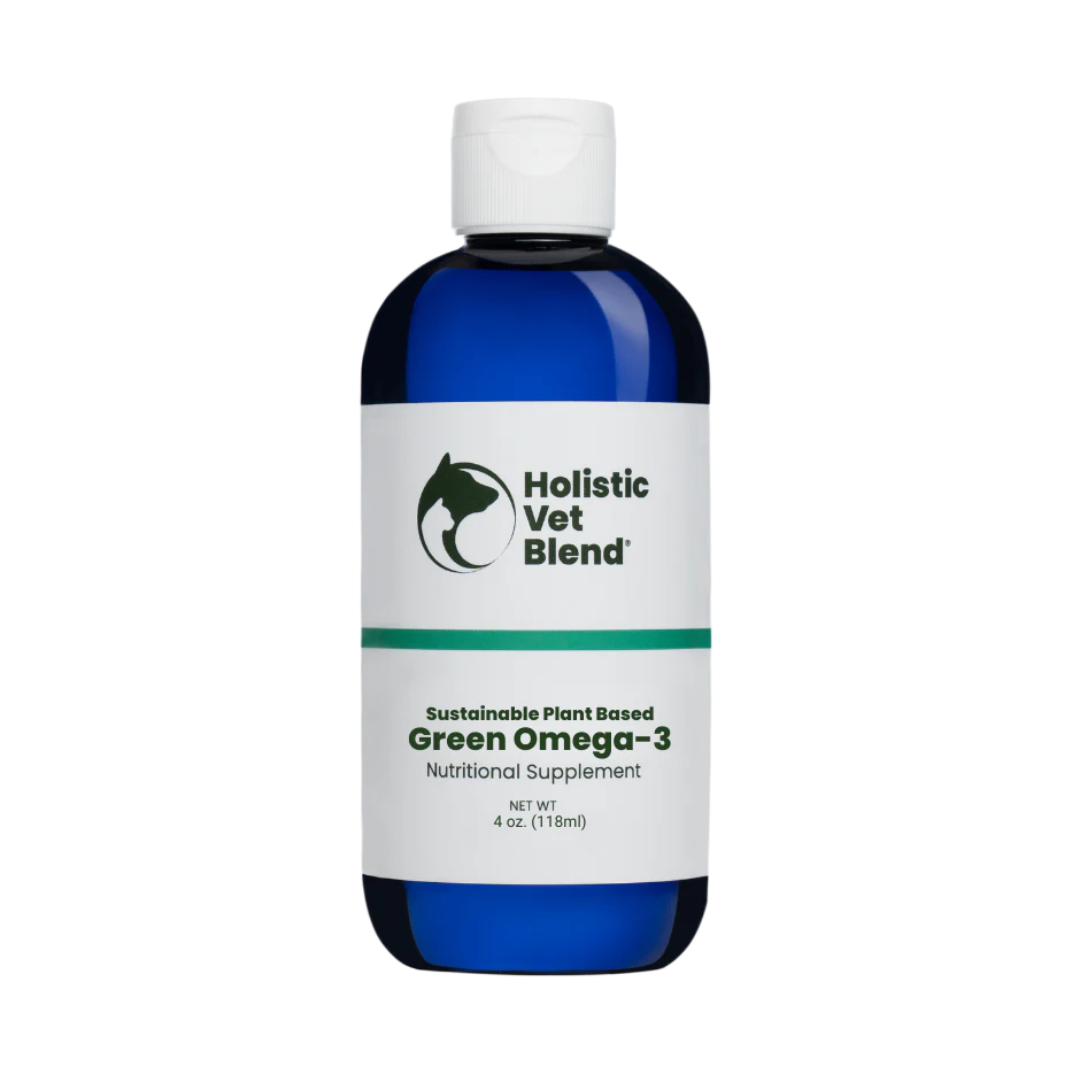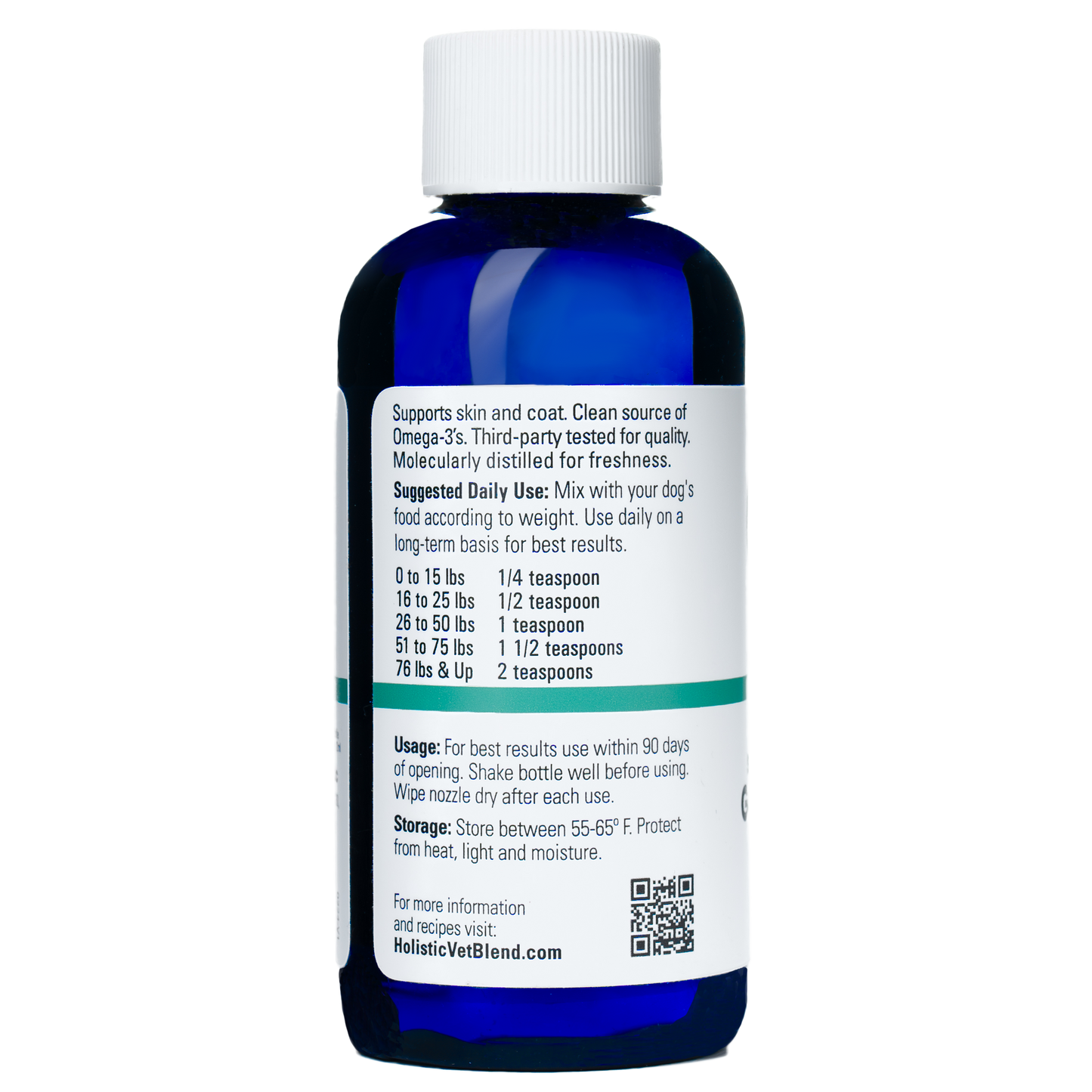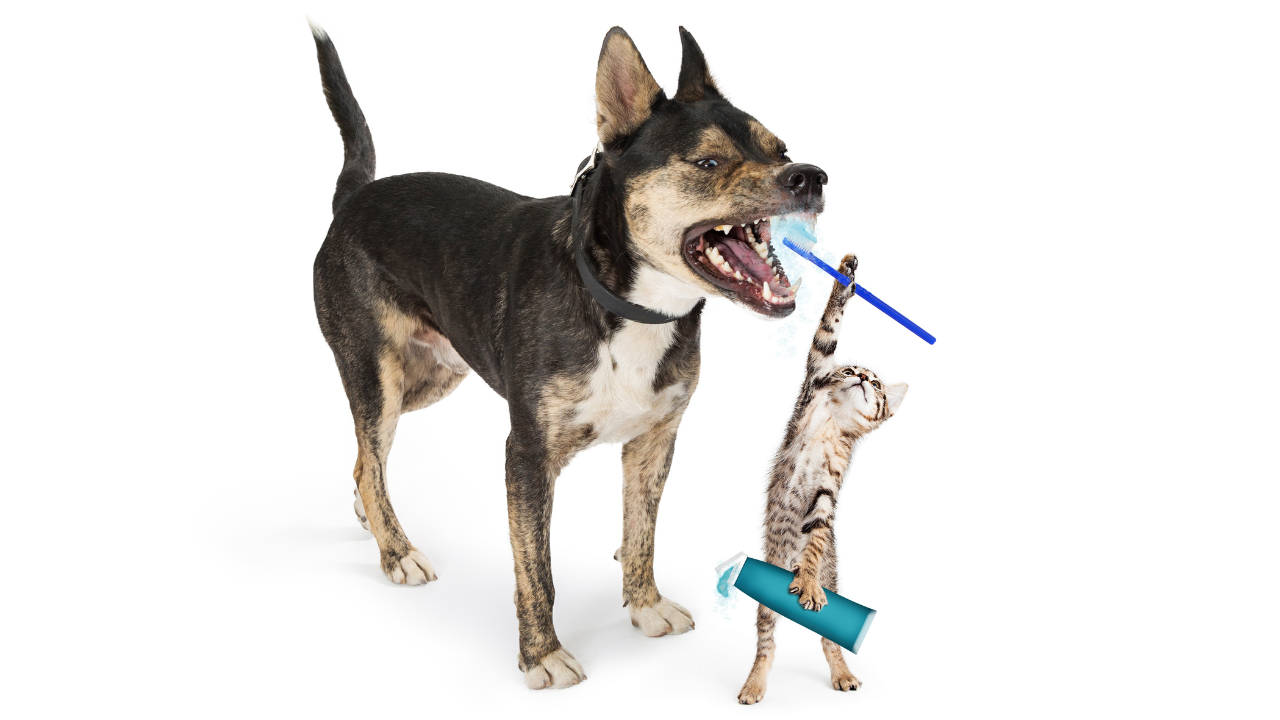
Introduction
As a holistic veterinarian with over 30 years of experience, I've seen firsthand how diet plays a crucial role in our pets' dental health. It’s estimated that 80% of dogs and 70% of cats show signs of periodontal disease by the age of three. Combine that with surveys that indicate a relatively small percentage of pet owners regularly brush their dogs' or cats' teeth. Less than 10% of dog owners brush their dog's teeth daily or several times a week. For cats, this percentage drops to less than 5%. But it doesn’t have to be that difficult!
In this blog post, I will review some easy ways to get a handle on your pet’s dental routine. We’ll review the different perspectives on the traditional treatment of dental disease and the pros and cons of both Western and holistic approaches to dental health.
Why is pet dental care being overlooked?
OK, I would love to think that we are all brushing our pet’s teeth at home, but the truth is…..many of us don’t. These figures come from sources like the American Animal Hospital Association (AAHA), veterinary journals, and pet care industry surveys (e.g., Banfield Pet Hospital's reports). Barriers include uncooperative pets, lack of awareness or training about dental health, and reliance on alternatives like dental treats or professional cleanings.
You don’t need to start with a fancy toothbrush or toothpaste. The mechanical action of rubbing the tooth with a gauze pad or baby gum cloth is all you need.
Nonanethetic Dental
The first time I met someone who performed nonanesthetic teeth cleaning, I was very skeptical based on what I had learned in veterinary school. She challenged me to observe what she could do. I observed as a colleague volunteered her senior Weimaraner for hand scaling. Surprisingly, the dog was unbelievably cooperative and I now know that this individual is somewhat of a “dog whisperer”, able to keep dogs calm and cooperative as she worked. This is a quality very unique to her. I had heard horror stories about pets that had damage to their teeth and even jaw fractures.
The problem with NAD is that the people that perform them have no dental or veterinary training whatsoever. Can you imagine someone working on your teeth that had no formal training? A skilled technician trained in dental scaling and cleaning AND who possesses excellent animal handling and calming skills is the only one that stands a chance at doing an adequate job. They must also know the limitations of what they can do without causing pain to an animal that has periodontal disease. People who have significant periodontal disease are given local anesthetic injections to make them more comfortable for the procedure of scaling sensitive teeth. Pets must fare without any relief. To make matters worse, many of the pet stores that do hand scaling do not encourage people to do deep cleaning and extractions when it is warranted.
One pet owner recently pointed out a little skin tag on her dog’s chin that was likely benign, but it bothered the owner, and she did not want to “put her dog under” to remove a likely benign growth, which I understand. But, when I asked her about the NAD cleanings done at her local pet store and what they had told her about her dog’s teeth, she answered. She told me they commented that “They told me a few of them were wiggly”. And then she said, but still adamant, that anesthesia was too dangerous. Can you imagine eating with a few “wiggly” teeth? These teeth are likely to have such advanced periodontal disease they are likely a source of pain. In all fairness to the dog, the growth could be removed and the teeth cleaned so the dog did not need to endure hand scaling with “wiggly teeth” with advanced periodontal disease. Then, start with a clean slate and a mouth that can be maintained.
Why Start with a Traditional Cleaning?
Unfortunately, by the time there’s halitosis or “wiggly teeth,” it’s probably time to consider a traditional cleaning as there is already advanced periodontal disease. Why wait for a tooth root abscess that is painful and turns into a potential emergency? Ask anyone who has ever had a bad tooth if they want to wait to reach out to a dentist.
What pets are candidates for nonanesthetic dentals?
Cooperative pets without advanced periodontal disease are potential candidates.
Are some pets more susceptible to dental disease?
The answer here is absolutely yes. Just like people, some pets are blessed with a good bite. Pets with short faces and bites that try to fit all canine teeth cause crowding. Think French bulldogs and Persian cats. Also, toy dogs such as maltese and chihuahuas are also prone to dental disease.
What credentials should the person performing the hand scaling have?
They should be affiliated with and supervised by a veterinarian. It is not the standard of care to do a nonanesthetic dental. There are many reasons, several we have discussed already. Many holistic and traditional veterinarians still believe there are good candidates for the procedure. Unfortunately, too many groups that do it are happy to take your money, and you leave feeling like you did a good deed for your pet’s dental health. Only someone with veterinary training or supervised by a veterinarian should be able to clear that mouth afterward. Just like when you go to the dentist and the hygienist reports to the dentist, their findings and your mouth are checked. Shouldn’t your pet, who cannot complain about a toothache, have the same consideration?
Maintaining a Healthy Mouth Relies on a Healthy Diet
Avoiding ultra-processed foods that are higher in carbohydrates, which encourage plaque buildup. This is much like chewing hard candy, which would promote dental plaque, not prevent it. You can’t make a cake without flour, just like you can’t make dry food without carbohydrates.
- Avoid ultra-processed foods
- Feed a diet rich in vitamins and minerals
- Inclusion of dental-friendly foods like carrots, apples, and green beans
Western Approaches
The Veterinary Oral Health Council (VOHC)-approves dental diets and products (many of these are kibble diets that are not appropriate for cats). It does not make sense to prioritize the mouth to the detriment of the rest of the body. Feeding a dry diet leads to chronic dehydration in cats and predisposes them to diabetes and obesity. It’s a no-brainer that there must be a better way.
- Prescription dental diets for dogs (again, are we prioritizing dental health while feeding an ultra-processed diet to the detriment of the rest of the body?)
-Oral gels and toothpaste.
-There is no easy way to contend with calculus once it is there; it has to be removed and started afresh.
-Everyone agrees that brushing your pet’s teeth regularly seems the most effective and helpful approach.
Chews and Treats
Cats should not be fed raw at this time due to the risks of contracting Avian Influenza as they are uniquely susceptible, and many have died as a result. Dogs are less vulnerable, but I’m avoiding raw right now in favor of cooking meat to destroy any potential virus contamination, which is much more likely to end up in pet food than in the human market. That being said, chewing raw turkey and chicken necks is effective in exercising the periodontal ligaments and
- Turkey and chicken necks (these bones are soft and not likely to break teeth), I prefer these to long bones which can break teeth. Stick to the knuckle bones with connective tissue and cartilage that is less likely to break teeth. All bones must be cooked.
- Bully sticks and rawhides (many highly chemically processed
- Antlers (these can break teeth)
- Himalayan yak chews (there are pros and cons here too, added calories and not suitable for all)
- Carrots as natural abrasive chews
Western/Traditional Approaches
- VOHC-approved dental chews
- Chemically treated rawhide chews (shown to reduce calculus formation modestly)
- Treats coated with sodium hexametaphosphate
- Topical gels
Water additives
- Water should be water. Additives may deter pets from drinking enough.
- Encourage a healthy microbiome by feeding a healthy diet
- Brush teeth with coconut oil and some dental powder (learn more here)
Conclusion
Remember, while some of these approaches can be beneficial, they should be used with advice from someone with professional dental training. Sometimes, the best way to start is to work as consistently as possible on brushing your pet’s teeth daily (even every other day will make a difference). If a pet is otherwise healthy, the best approach is one that does not leave a pet suffering from periodontal disease.
What is the easiest way to brush a cat or dog’s teeth?
- You don’t need specialized tools. You can use a soft baby washcloth or gauze. They make finger brushes for pets that are soft and do not irritate or harm gums. Put a very light coating of coconut oil on where you will be contacting the teeth.
- Introduce the process gradually. Start by gently massaging around the corners of the mouth or where a cat would generally rub their chin. Slowly introduce your finger along the lips and mouth.
- If your pet objects, consider dipping your finger into some tuna juice or broth. Use care that the pet does not ingest the fabric!
- Go gradually with pets that object. Try again the next day and see if you can get further. Some pets will just not allow this. Talk to your veterinarian about your options in this case.
- You do not need pet toothpaste. Coconut oil is not chemically laden, works just fine, and is relatively inexpensive.
- Don’t worry if you miss a day. Try to hop on it the next day to not allow plaque to make a foothold.
